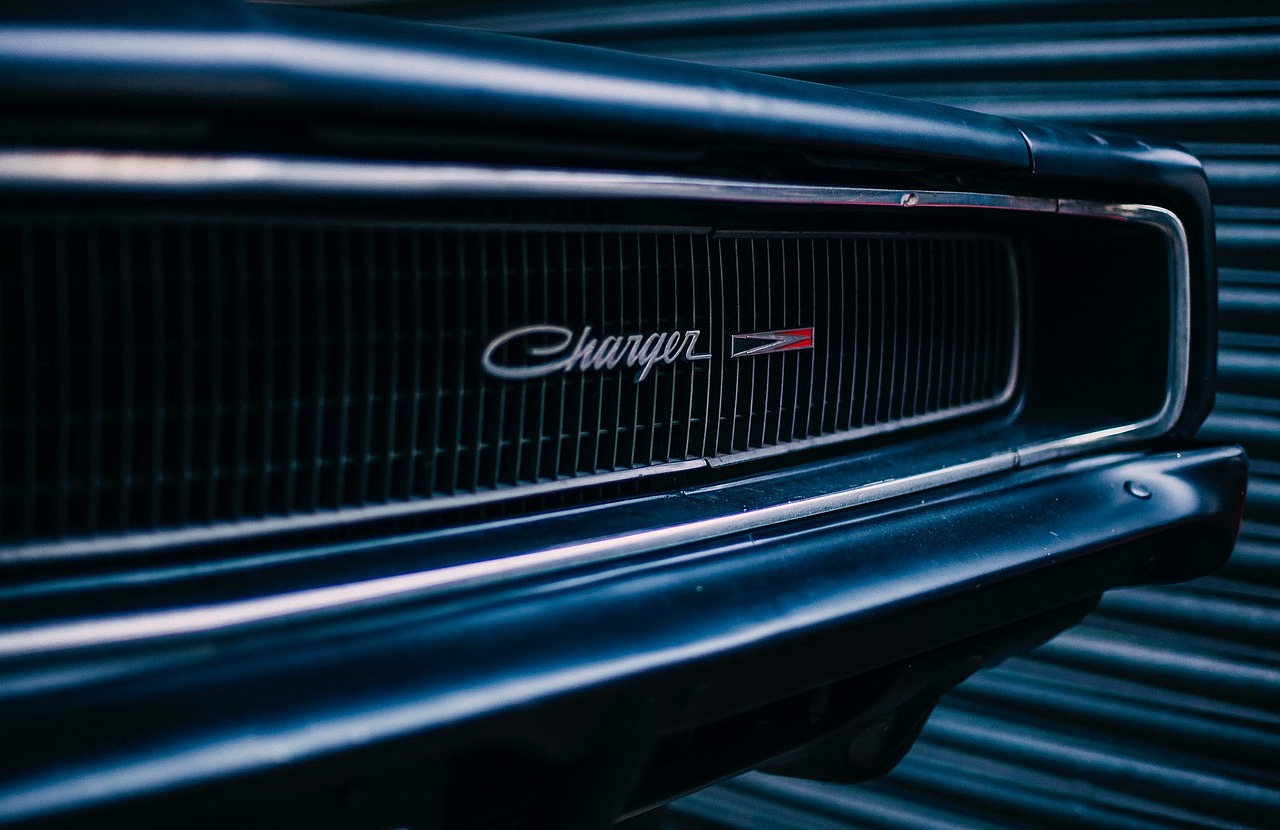The Evolution of Car Design Over the Decades
The origins of automobile design can be traced back to the late 19th century when the first car makers began to experiment with creating vehicles that were both functional and aesthetically pleasing. In the early days, cars were primarily seen as utilitarian objects, lacking the sleek and stylized appearance that we associate with modern vehicles.
As technology advanced and cars became more accessible to the masses, automobile designers started to pay more attention to the visual appeal of their creations. Influenced by various design movements of the time, such as Art Deco and Bauhaus, early car designers began incorporating elements of these styles into their work, giving rise to the concept of cars as not just transportation, but also as works of art.
Early Influences on Car Aesthetics
In the early days of automobile design, car aesthetics were heavily influenced by the prevailing architectural styles of the time. Prominent features such as intricate detailing, ornamental elements, and symmetrical designs were borrowed from the neoclassical and art deco movements. These influences can be seen in the elegant curves and decorative elements of vehicles from the early 20th century.
Furthermore, the rise of industrialization played a significant role in shaping car aesthetics. The mass production techniques employed by automakers led to a shift towards more streamlined and uniform designs. As vehicles became more accessible to the general public, there was a growing emphasis on functionality and practicality in car styling. This shift marked the beginning of a new era in automobile design, one that prioritized efficiency and simplicity over ornate embellishments.
• The neoclassical and art deco movements heavily influenced early car aesthetics
• Intricate detailing, ornamental elements, and symmetrical designs were common features
• Industrialization led to more streamlined and uniform car designs
• Mass production techniques emphasized functionality and practicality in styling
• Efficiency and simplicity became key priorities in automobile design
Innovations in Car Styling
In recent years, car manufacturers have been pushing the boundaries of design with innovative styling features. One such innovation is the widespread use of LED lighting technology on both the exterior and interior of vehicles. These lights not only serve a functional purpose by providing better visibility, but also add a sleek and modern look to the overall design of cars.
Another notable innovation in car styling is the development of advanced aerodynamic features. By focusing on reducing drag and improving airflow around the vehicle, car designers have been able to enhance both the performance and fuel efficiency of cars. From integrated spoilers to underbody panels, these aerodynamic improvements not only contribute to a more streamlined aesthetic but also demonstrate a commitment to sustainability in the automotive industry.
What are some key origins of automobile design?
The origins of automobile design can be traced back to the early 20th century, with the introduction of mass-produced cars like the Ford Model T.
How did early influences shape car aesthetics?
Early influences such as aerodynamics, industrial design, and art deco played a significant role in shaping car aesthetics in the early days of automobile design.
What are some recent innovations in car styling?
Recent innovations in car styling include advancements in materials, technology, and design processes, leading to sleeker, more aerodynamic, and visually appealing vehicles.
How important is car styling in the automotive industry?
Car styling is crucial in the automotive industry as it helps differentiate brands, attract customers, and create a unique identity for each vehicle model.
How do innovations in car styling impact consumer preferences?
Innovations in car styling can influence consumer preferences by setting trends, creating emotional connections, and enhancing the overall driving experience.







